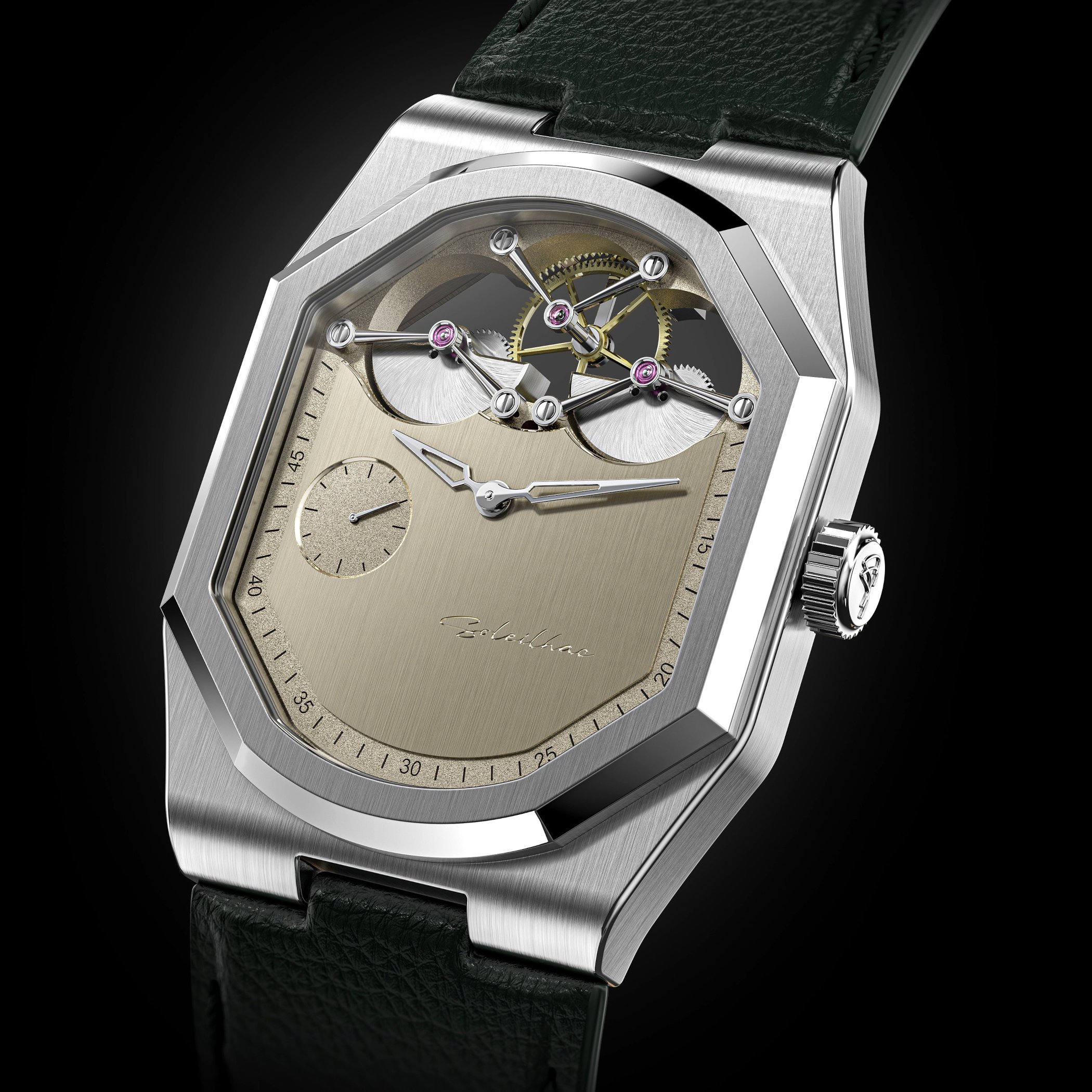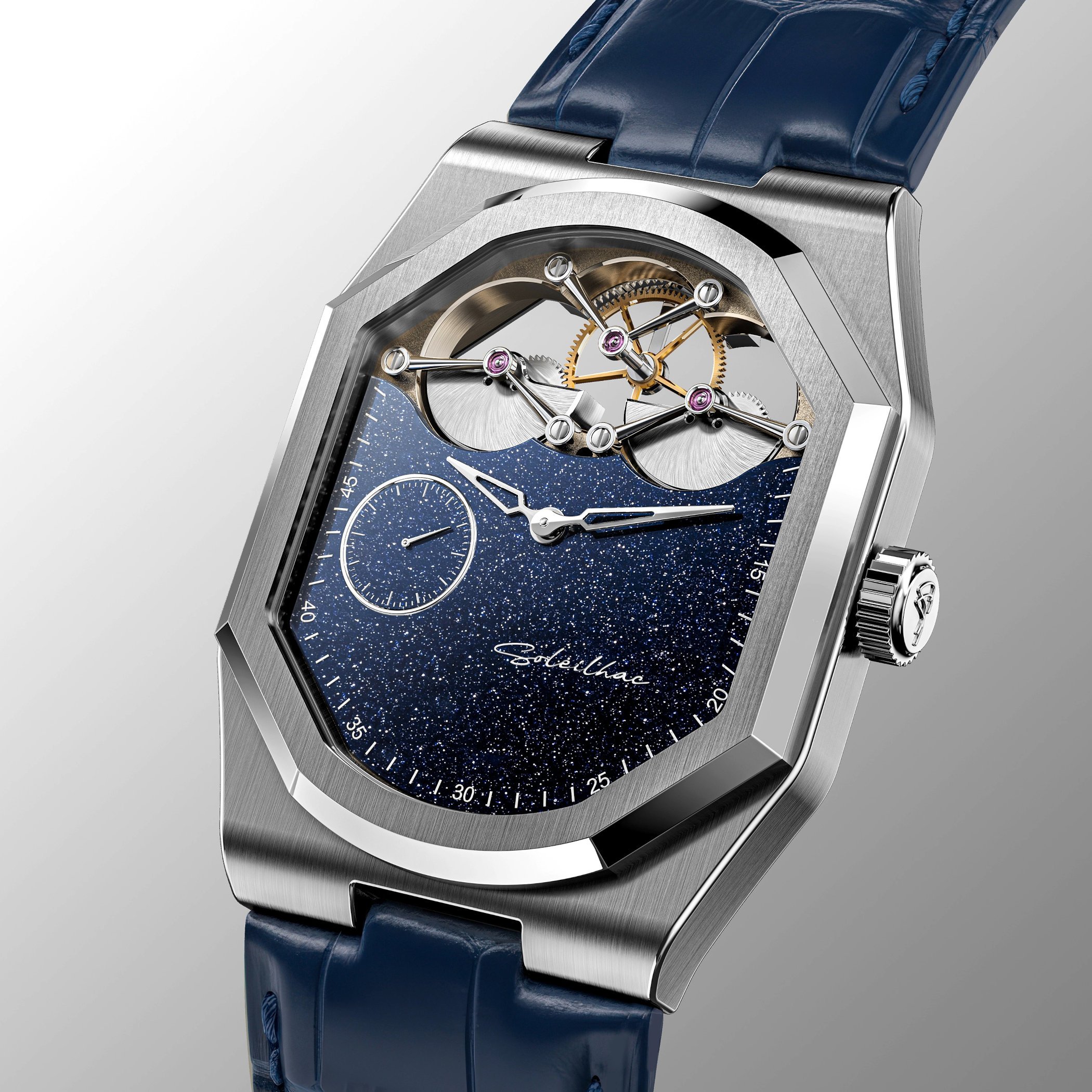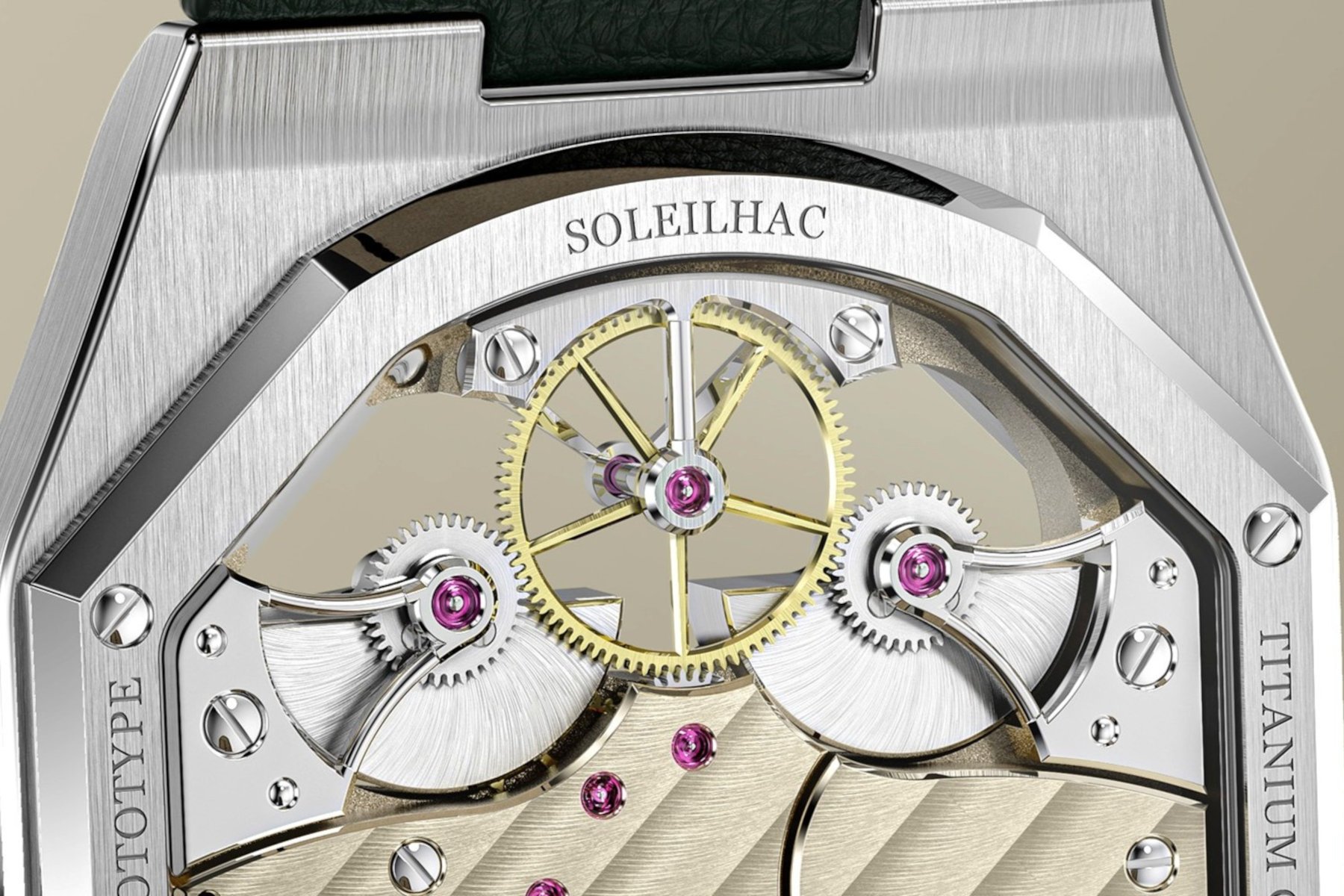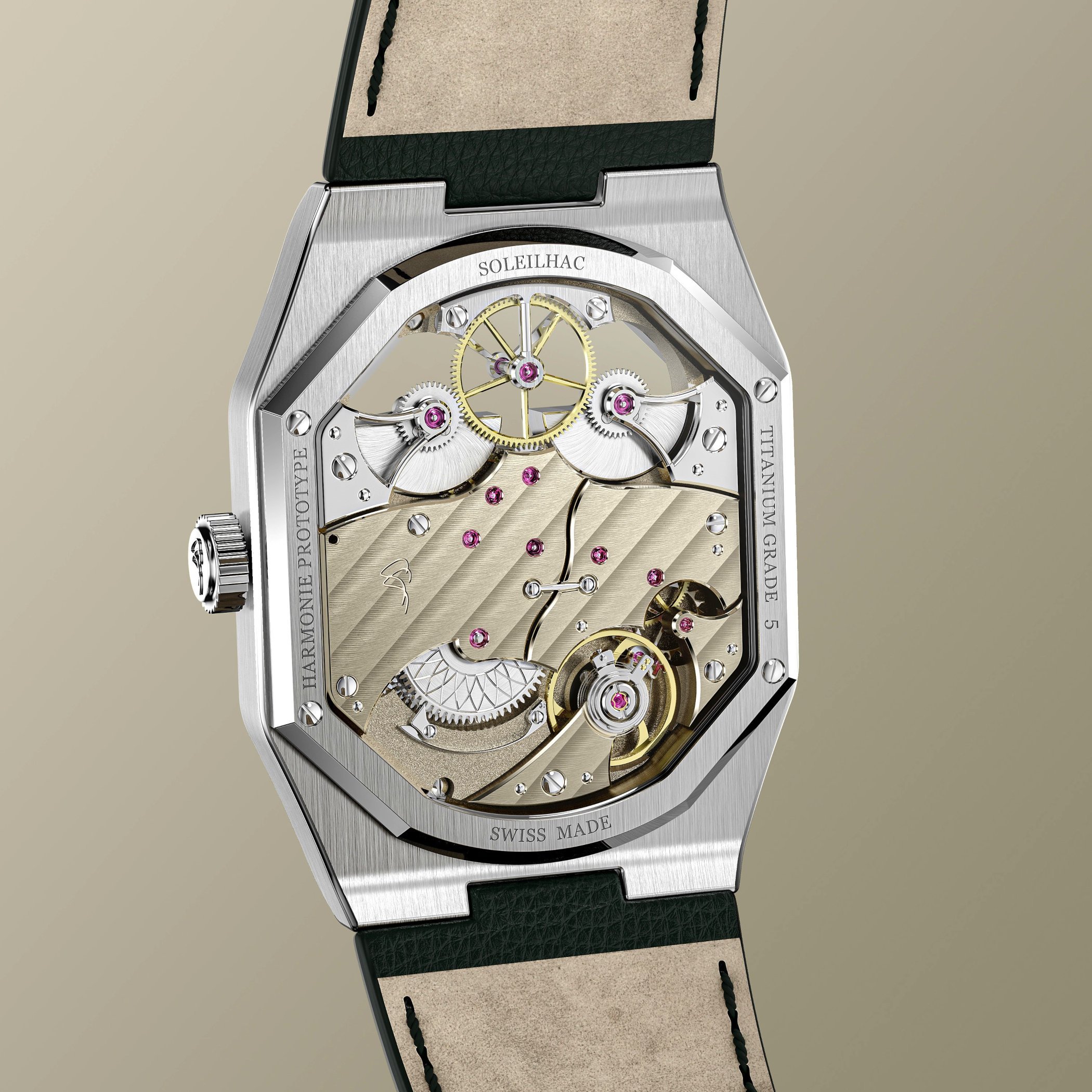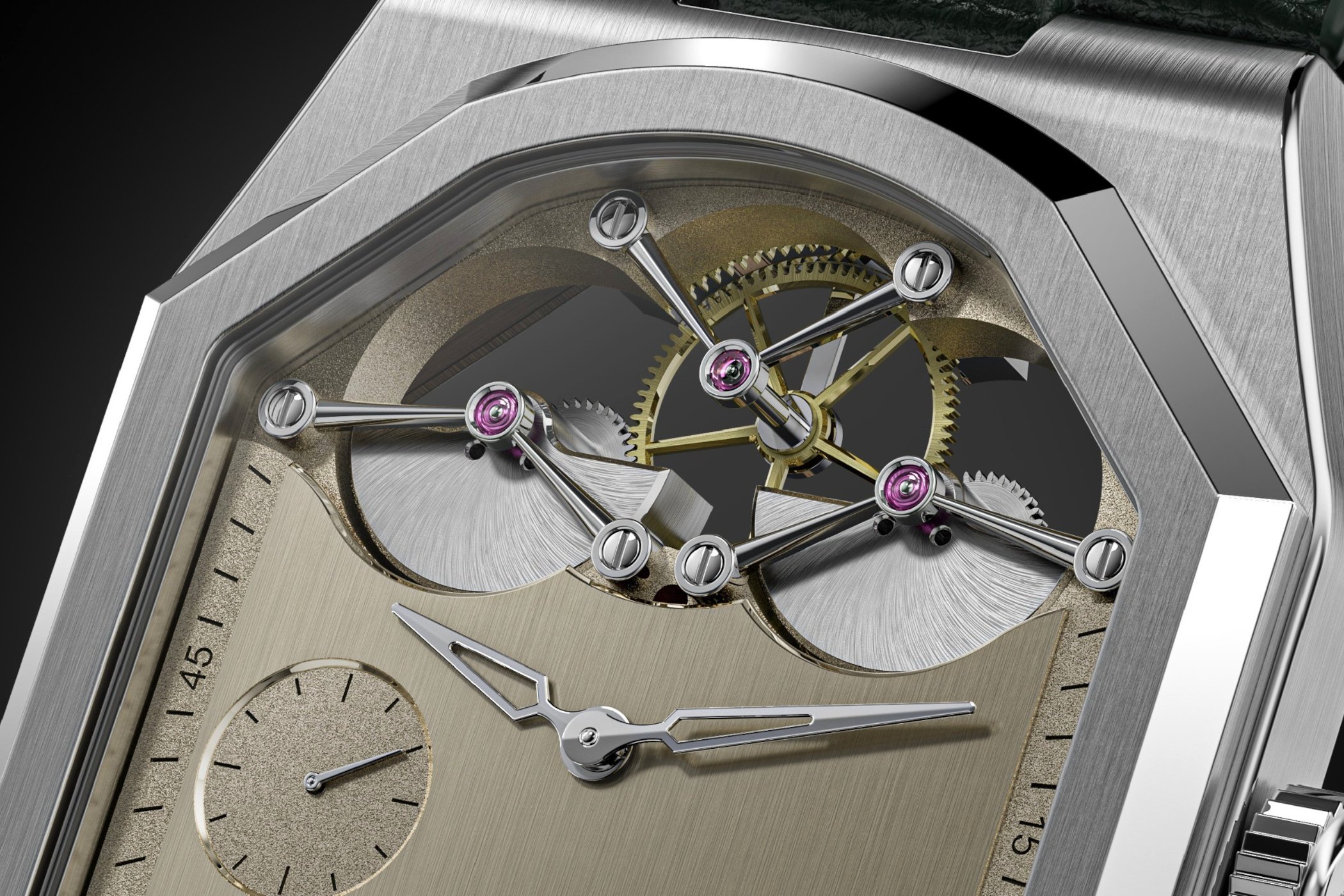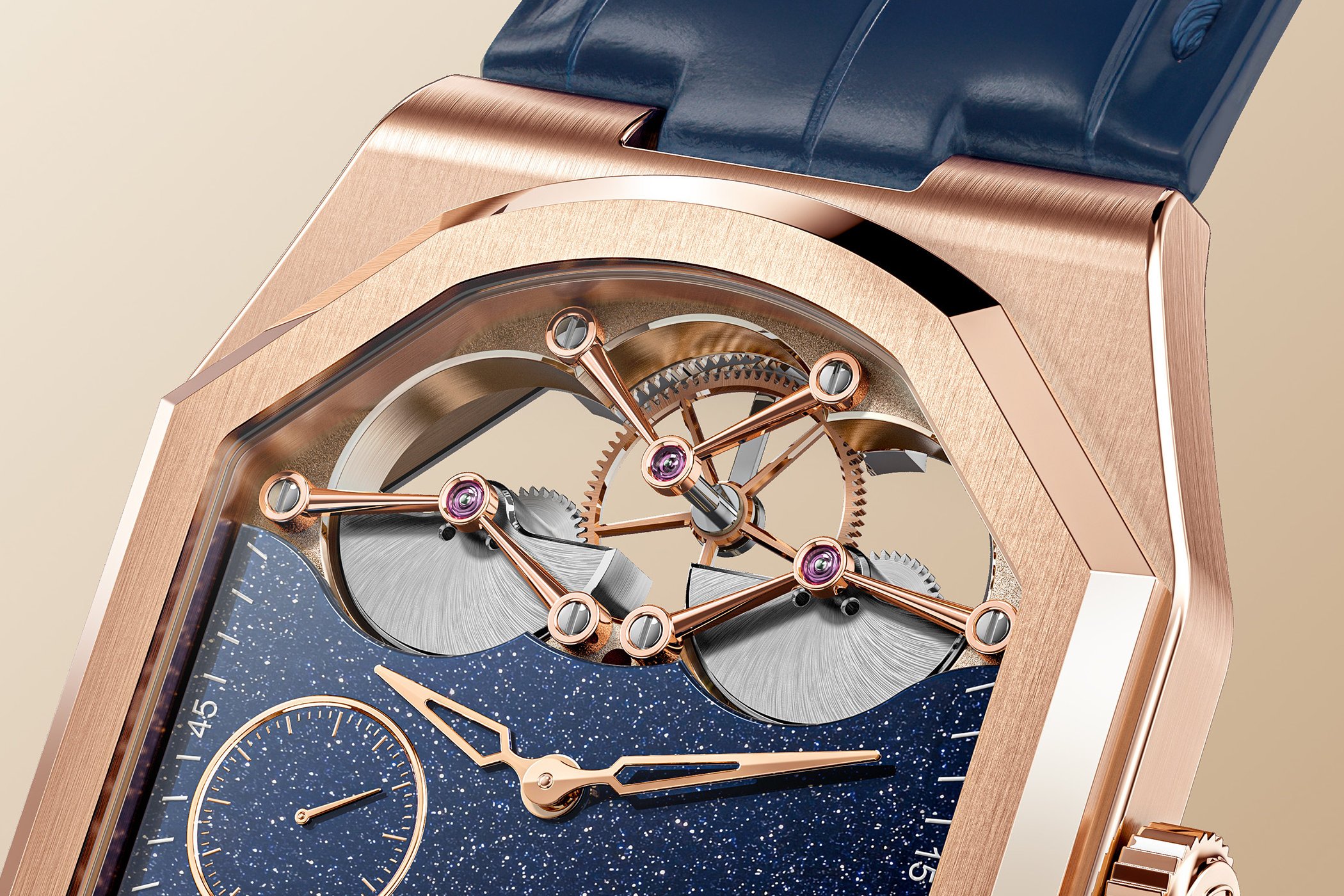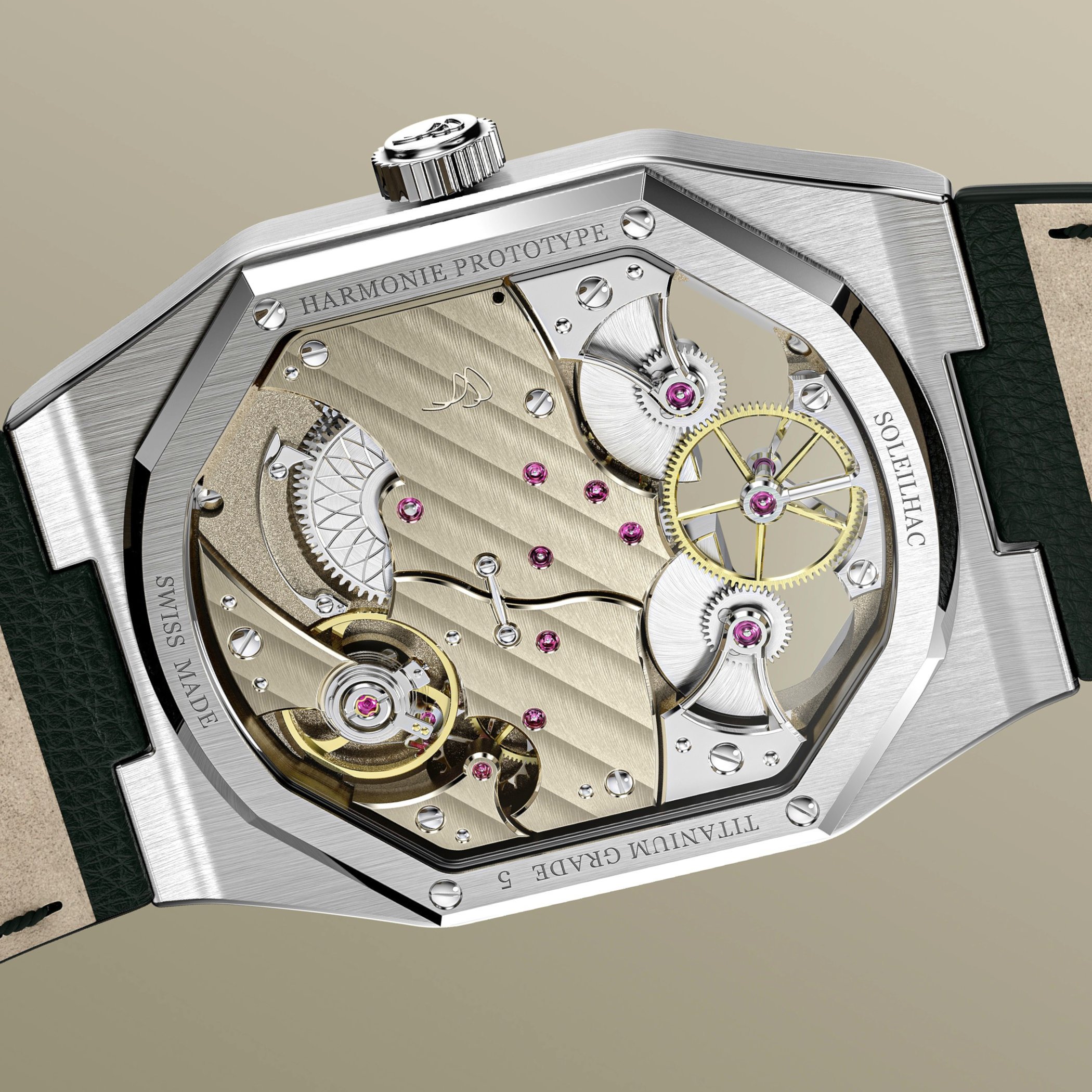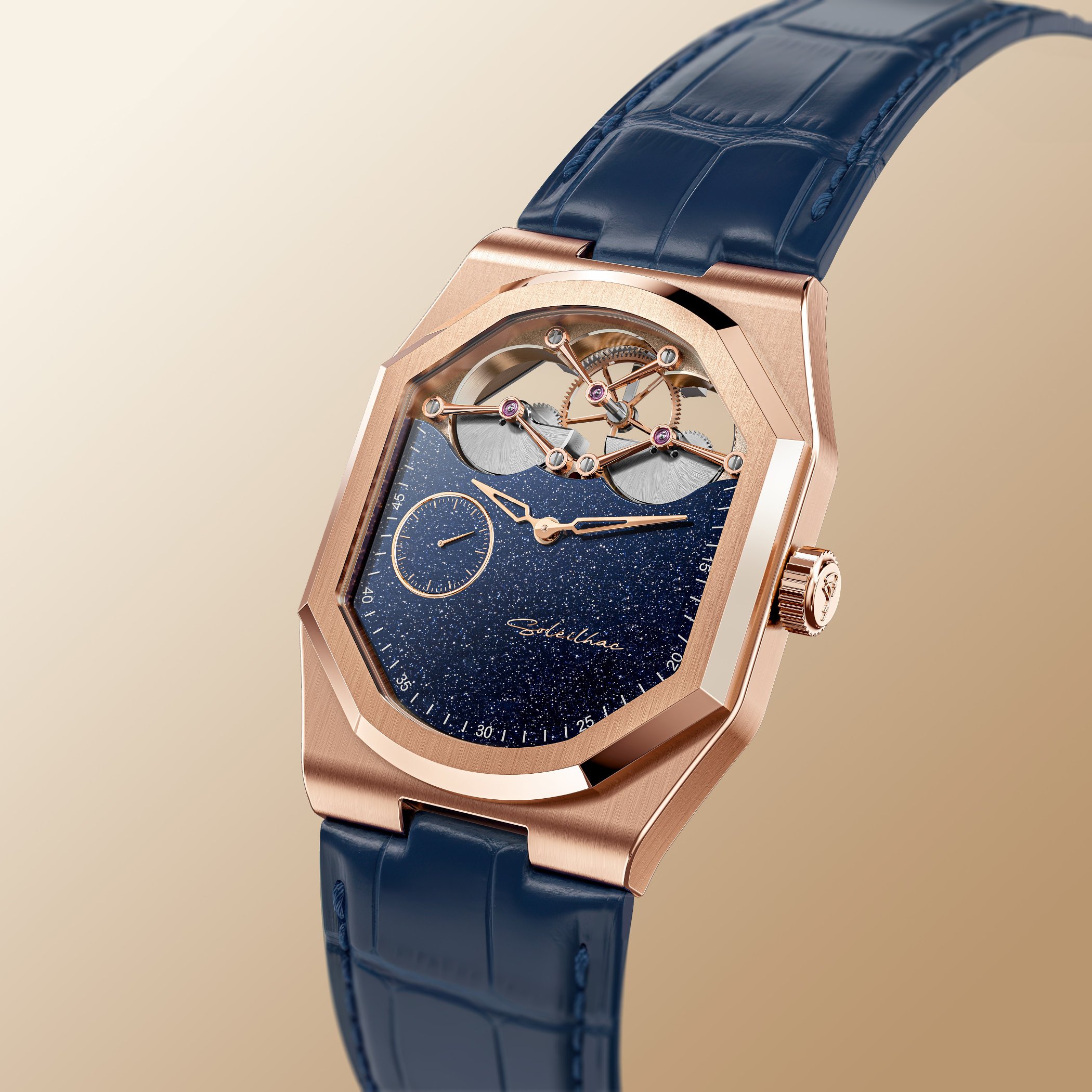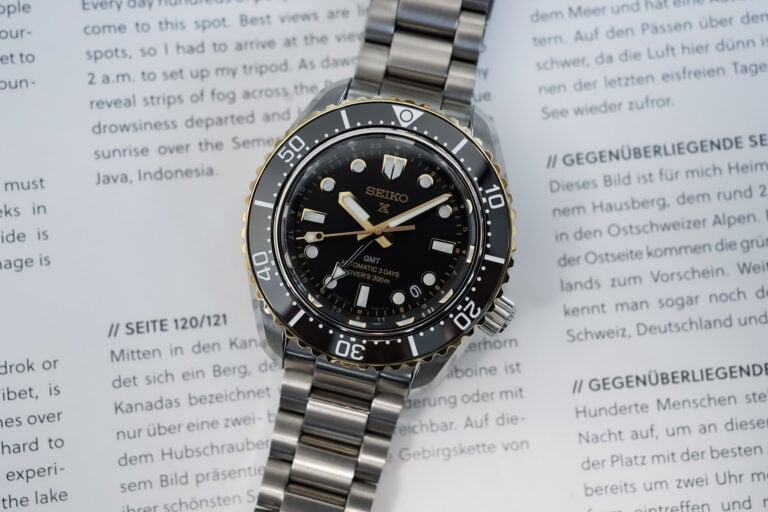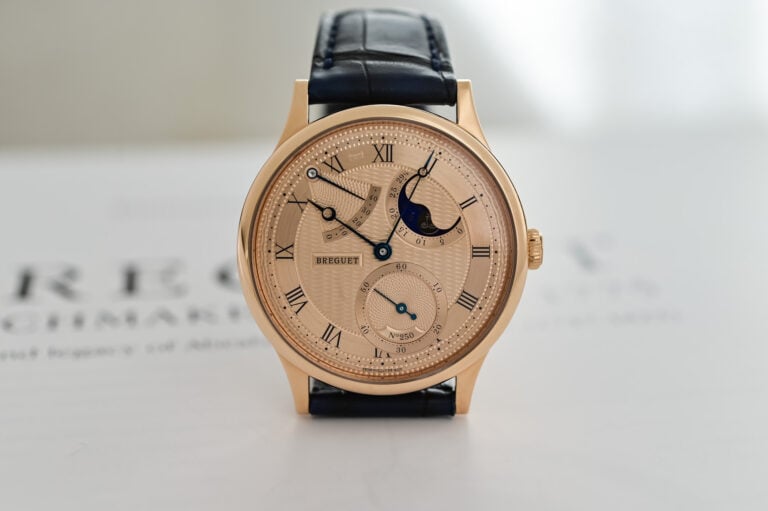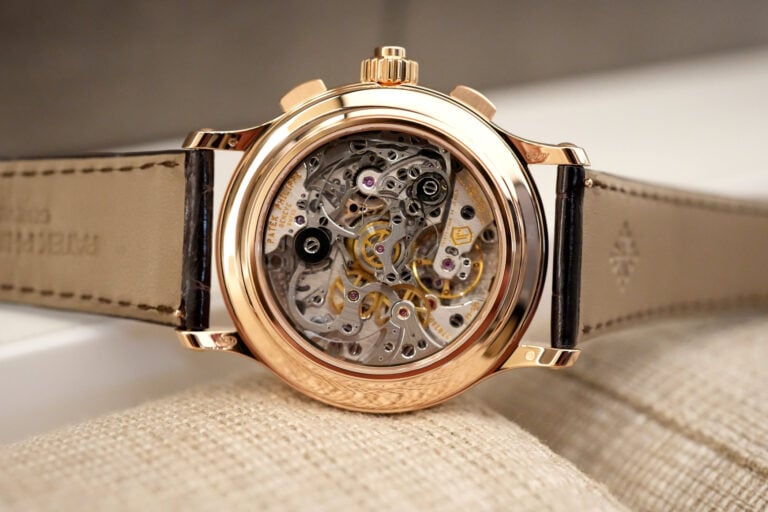The Intriguing Soleilhac Harmonie by Self-taught Watchmaker Samuel Soleilhac
The Harmonie is inspired by one of the greats in the industry, and comes with a unique twin-rotor movement.
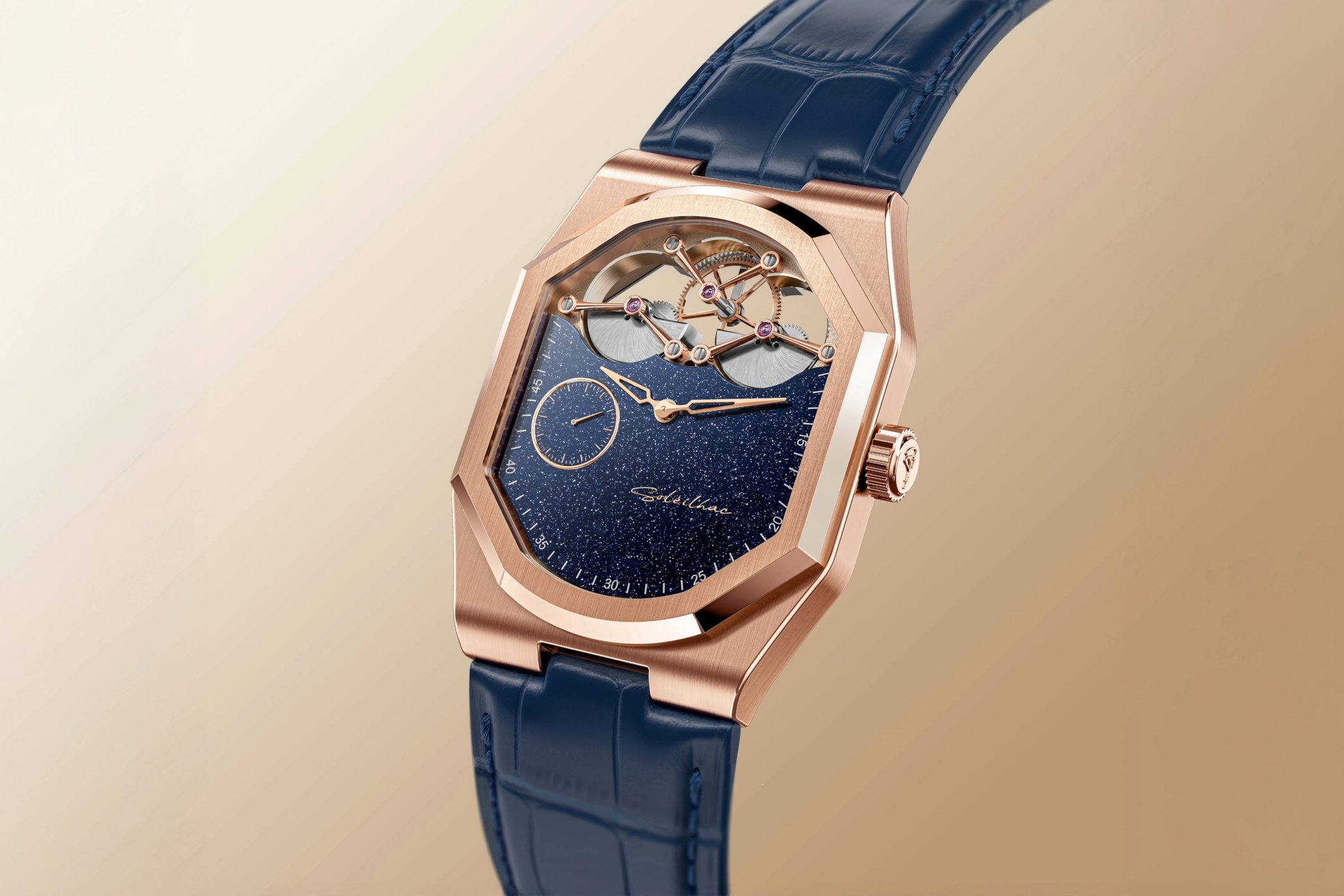
When discovering new and exciting independent watchmakers, I am often surprised by how many of them come from outside the industry. While many pursue a life and career in engineering, mechanics, and so on, not everyone follows the most obvious path of going to a watchmaking school. The upside of this is that many bring a different perspective to the field, as does Samuel Soleilhac. This young man has done quite a few interesting things before venturing into watchmaking. And just to make it a little more challenging for himself, he taught himself how to make a watch! Working out of Geneva, he is set to make his debut with the Harmonie, which, although not seen live yet, looks to be a fascinating piece!
Robin, MONOCHROME Watches – Samuel, can you tell us what kick-started your interest in watchmaking?
I think it goes back to when I was a kid. I first wanted to be an architect, but I wasn’t very good at school, so it wasn’t possible. Also, I’ve always loved mechanics in general (cars, boats, planes…). Watchmaking was too far at that time; I didn’t live close to Geneva, nor did I know anyone who worked in this field. Then, when I moved near Geneva six years ago, it was the perfect match between my love for mechanics in general, my childhood desire to be an architect and the kind of creativity that this industry allows.
How did you obtain the necessary skills to make your own watch?
I started with books like The Theory of Horology or Traité de construction horlogère, amongst others. Then I bought a Sellita SW200 movement and tried to disassemble and assemble the movement to understand how it works with those tiny parts. Then I started to use CAD software to make my own parts based on the calculations I’ve done. The first project evolved into another one and finally into Harmonie. In the meantime, I was also in contact with other constructors who helped me a lot, like Shona Taine, for example.
Your debut watch, the Harmonie, features your very own design. What’s the inspiration behind it?
My initial inspiration was Daniel Roth with his typical watch shape. I didn’t want to copy and paste his design and wanted a sporty touch to it. This is when I draw the diagonals to make a more angular case. Regarding the movement, I wanted something elegant with the right mix of shapes, colours and textures. I’ve been inspired by so many brands that it would be difficult to give you one or two names.
It uses a bi-rotor winding system. What made you pursue something challenging like that?
To be honest, it wasn’t my goal at all to create a bi-rotor system. It came from my first idea, where I wanted to create a never-before-seen winding system with a pendulum instead of a rotor. At that time, I didn’t have the knowledge that I have today, and it seemed realistic. Unfortunately, when I started to make the calculation, it was clearly impossible to make this system work. This is where the second micro-rotor appears in a first conception named “Pendule” and finally in “Harmonie”.
What were the biggest challenges in perfecting this complication?
Space! The major difficulty was that almost half of the movement is dedicated to the 2 rotors, and only half of the space is left for big parts like the barrel or the balance wheel.
You do a lot of work in-house in terms of design and construction. Can you tell us about that?
Yes indeed. This is where I think I can bring value to the creative side with different ideas. I’m in a process where I try a lot of different things to see what works from my point of view and what doesn’t. I don’t want to overthink and then try it. I prefer to do it and see the result, improve it and see once again. I also want to emphasise that another constructor will be in charge of redoing all the conception to be sure everything is perfect. Given this is my first watch, I don’t want to take any risks.
What can you share about the finishing?
On the finishing, I definitely wanted to respect the traditions with a lot of hand work (anglage, black polish, rounded polish, brush…). The estimation is that more than 100 hours of hand finishing will be necessary to realise this watch.
The Harmonie is sold as a Montre de Souscription of 18 pieces, with deliveries planned for 2026. How’s that going so far?
The project is going great; a few pieces are still available for now. Some improvements will be made on the watch with the opinions of all the subscribers. In particular, the dial, we can definitely make it better! I don’t want to rush things to be sure everything is done well; this is why the watch is planned for the end of 2026. I’m now also offering gold cases if clients prefer that, and Aventurine dials and so on, so there are a few more options to choose from than when I first started working on the Harmonie.
What’s the next step for you? What can we expect in the near or distant future?
For Harmonie, the next important step will be the prototype manufacturing (expected for Q3 2026). Once the first deliveries occur, I’ll be able to focus on a second project. I can’t say more for now, but I have different ideas for different watches and I’m looking forward to working on them! But for now, I prefer to keep focus on Harmonie.
What is your dream, your long-term goal with Soleilhac as a watchmaking name?
This idea of the brand is to bring something different “mechanically” in each of the creations, with a focus on the idea of always respecting the traditions. In the long run, I’d like to have a small team of people in different fields that could bring their skills to make the brand more and more interesting.
How can people get in touch if they want to learn more or reserve one of the 18 pieces?
People who want to learn more can contact me directly on Instagram @soleilhac_watches or by email at [email protected]. I would be pleased to answer any questions.
For more information, please visit Soleilhac.ch.


